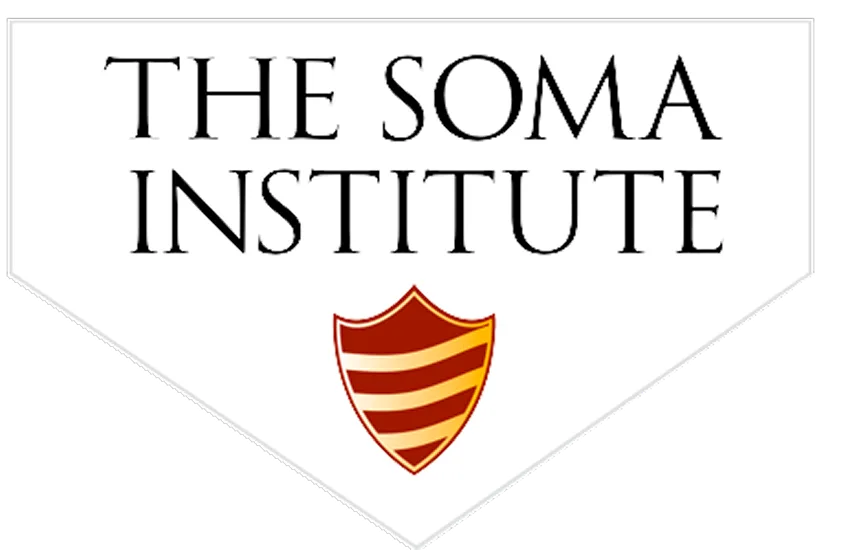Future of Massage Therapy
Massage therapists use touch to treat their clients’ bodies, manipulating soft-tissue to relieve pain, improve circulation, increase relaxation, rehabilitate injuries, and aid in the overall wellness of their clients. Although it was originally considered a luxury for wealthier clients, massage therapy has more recently evolved into the mainstream and is increasingly associated with the healthcare industry. More and more healthcare professionals recognize the benefits of massage as these services become part of medical practitioners’ treatment plans.
In recognition, the U.S. Bureau of Labor Statistics projects massage therapy employment will grow 23 percent from 2012 to 2022—adding close to 30,000 more professionals to this field, more than any other occupational growth. A participating factor in this jump in demand is the baby-boom generation who seek massage as a way to maintain their health as they age. In addition, sports teams and athletes are relying on massage therapy to help rehabilitate injuries and reduce pain. Lastly, the inception of the massage franchise has made massage more affordable and mainstream, opening services to a wider range of customers.
Working Environments & Opportunities: Massage therapists work in a variety of settings
With the increasing demand for massage services, massage therapists have more career options than ever. Besides working in traditional spas & resorts—who offer massage as a form of comfort and relaxation, massage practitioners are now transitioning into private practice. In 2012, 46 percent of massage therapists were self-employed, either traveling to clients’ homes or offices, or opening their own offices. In addition, sports teams and fitness centers are relying on massage therapy to treat their clients.
Expected Pay & Education Required
Massage therapy certification and educational programs usually include classroom and hands-on practice of massage techniques. Depending on the state requirements, educational programs require anywhere from 500 to 1,000 hours to complete certification. Most programs train students through clinical applications of massage techniques, including: hydrotherapy, sports massage, trigger point therapy and lymphatic drainage. Some programs also offer industry support or job placement. In 2012, the average massage therapist could expect to make $35,970 per year working part-time, or about $17.29 per hour.
